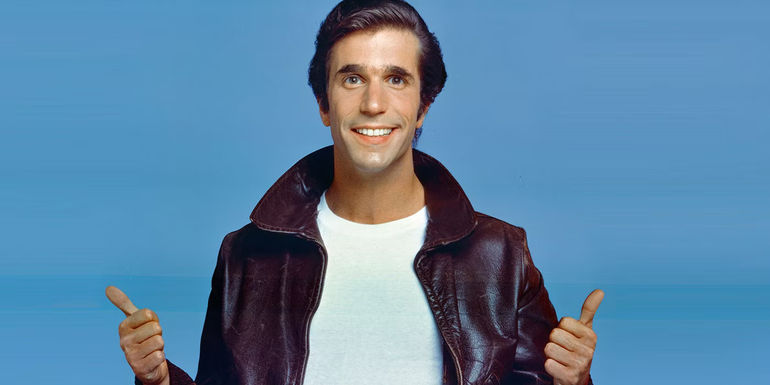
The Sad Evolution of TV Characters: From Depth to Parody

A deep dive into the journey of iconic TV characters as they devolve into caricatures of themselves over the course of their series.
The Evolution of TV Characters
Television series, with their multiple seasons, often witness the evolution of characters from nuanced individuals to exaggerated parodies of themselves. This phenomenon is a sad truth of television, and it affects characters across various genres, be it comedy, drama, or animation.
Henry Winkler as Fonzie in Happy days jumping the shark
As characters become defined by their most simplistic traits, they inevitably lose the depth and complexity that originally made them compelling. This can be attributed to the repetition of catchphrases, traits, and storylines, which gradually diminishes the authenticity and relatability of the characters.
Henry Winkler as Fonzie Smiling with Thumbs Up in Happy Days
In this article, we will explore the journey of several iconic TV characters, from their initial depth to the unfortunate point of self-parody. Each character's evolution reflects the challenges faced by long-running series in maintaining character depth and originality.
The characters of Happy days in a portrait including Henry Winkler as Fonzie
Fonzie: The Cool Icon Turned Parody
One of the most notable examples of a TV character devolving into a parody of himself is the beloved Fonzie from Happy Days. Initially not intended to be the main character, Fonzie's popularity led to the show's consideration of renaming it as 'Fonzie's Happy Days'. However, as the series progressed, Fonzie's character became defined by his catchphrase 'aaay' and exaggerated storylines that showcased his coolness rather than his depth.
Henry Winkler as Fonzie in front of a jukebox
The pinnacle of this evolution was marked by an episode where Fonzie jumped over a shark while water-skiing, symbolizing the point at which the show had run its course. Fonzie's journey from a cool icon to a self-parody reflects the challenges of maintaining character depth in long-running series.
Henry Winkler as Fonzie and Ron Howard as Richie, Happy Days
Barney Stinson: The Womanizer Turned Collection of Traits
How I Met Your Mother's Barney Stinson started as a womanizer with a bachelor persona, but his character soon became a collection of catchphrases and exaggerated traits. While the show delved into his complicated relationships and upbringing, it was not enough to save Barney from becoming a parody of himself.
Barney Stinson close up from season 2 of How I Met Your Mother
The reliance on catchphrases and the simplification of Barney's three-dimensional persona led to his devolution into a caricature, highlighting the challenge of maintaining character depth in a long-running series.
Cersei Lannister: From Complex to Predictable
In Game of Thrones, Cersei Lannister's character initially portrayed a complex and compelling performance, showcasing vulnerabilities and subtle struggles. However, as the series progressed, particularly in the final seasons, Cersei's character lost its nuances and became overshadowed by her villainous side.
Cersei Lannister from Game of Thrones.
Her journey from a multi-dimensional character to a predictable, one-note portrayal highlighted the challenges faced by long-running series in maintaining character depth and originality, especially in the context of complex and morally ambiguous characters.



















